Peter Gleick: Water for Haiti, Now
Information on the disaster in Haiti is only slowly coming out, but it is clear that the magnitude and extent of the catastrophe is vast, in a land seemingly cursed by endless environmental destruction.
I urge people to make donations to whatever organizations they trust to deliver help. I’ve donated to the American Red Cross and Doctors Without Borders, but there are many more.
In any disaster like this, after search, rescue, and immediate medical care, clean and safe water becomes a critical need. Without it, water-related diseases rapidly become a serious health threat for the survivors.
Water Number:
50 liters per person per day. In previous work I’ve done on basic human needs, I’ve identified 50 liters per person per day as a minimum for drinking, sanitation, cooking, and cleaning. In a disaster of this magnitude, even a fraction of that amount would be a blessing. Emergency water supplies can be provided in many ways, but there is no consistent approach or technology. Here are some that should be applied quickly:
— Some space on the first cargo planes should be reserved for small-scale desalination systems and other water purification plants that can be put in place immediately in centralized locations. Systems that fit on pallets, that in turn fit on transport planes, should be available. Water (such as bottled water) itself is very heavy. Best to send the equipment to purify unlimited amounts on the ground. Also send the solar energy systems, diesel generators, and other energy systems needed to operate them 24/7.
— Big US Navy ships have desalination systems on board. When the US aircraft carrier USS Carl Vinson arrives (as news reports suggest it will), the ship’s water system — capable of producing water for thousands of people every day — should be tied in to some kind of land distribution system so people can come and collect safe water. Other ships with such capability should also be used in this way.
— It would have been nice to have pre-positioned some large water bags, such as the innovative Spragg Bag, that could be flown to the country, or to neighboring Dominican Republic, filled with freshwater, and towed to Haiti for distribution. Alas, this technology is still searching for angel funders, though similar bags operated commercially for a number of years in the Mediterranean. These kinds of bags could also be used to store water on land as it is produced by water purification plants.
— Engineers should begin immediately to evaluate and repair the basic water system. In Haiti, this system has always been marginal and limited, but the purification and wastewater systems needs immediate attention.
— I believe that both Coca-Cola and PepsiCo have relationships with bottlers in Haiti. If so, their teams should work (as no doubt they are) to repair bottling facilities in order to provide purified water to surrounding communities rather than other commercial drinks, during the emergency.
Bottled water should be shipped when space is available. As much as I’ve been known to criticize the bottled water industry (and I have a new book coming out shortly, called Bottled and Sold: The Story Behind Our Obsession with Bottled Water, from Island Press, more about this a different time), some of the major bottled water companies have consistently been very generous during emergencies in making free water, or plastic bottles, available. The expertise of their water-quality engineers may also be valuable.
I’m sure there are many more good suggestions and ideas out there. Let’s hear them. This is one of the things Americans do really well. We step up in whatever ways we can.
Thank you,
Peter Gleick
Dr. Gleick’s blog posts are provided in cooperation with the SFGate. Previous posts can be found here.



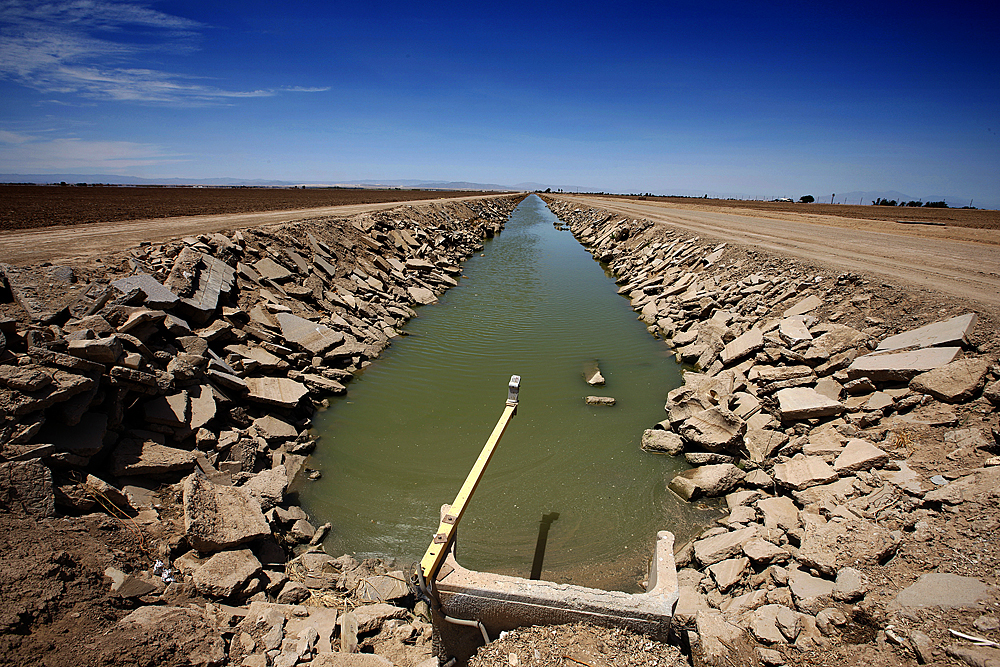
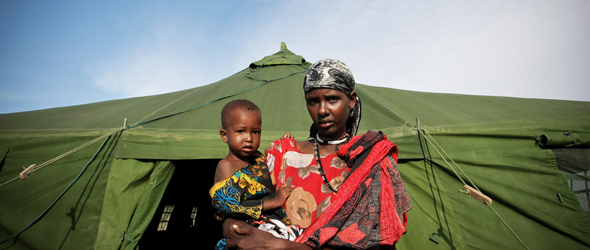
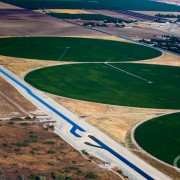



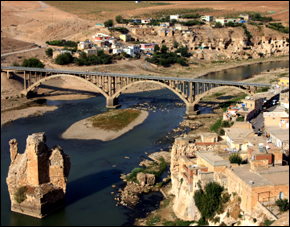
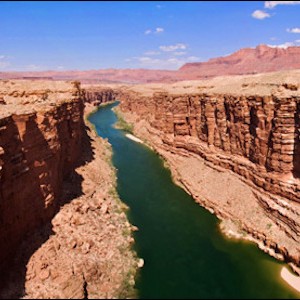
Great, tangible suggestions Peter. Thank you. The one thing I might add to your list is the importance of handwashing with water and soap after an emergency like Haiti (and before emergencies, for that matter). This simple act – if made possible by the presence of water and soap of course – can make a meaningful difference in clamping down on water- and sanitation-related diseases like cholera. Could Unilever and P&G send 100,000s of bars of soap wrapped in hygiene messages immediately after an earthquake?
Keep up the great work.
John
Please consider Clean Water for Haiti if you are considering donations. They build and distribute household water filters in Haiti. They are fired up and ready to help, and are an established organization. http://www.cleanwaterforhaiti.org/
A great practical list for post-disaster response, thank you for these ideas. I agree with John Oldfield, and additionally would like to add to our list of supplies some 25-50L sealed, refillable potable water storage containers to accompany the water purification equipment. Water contamination at home after purification is a major problem at any time, and a lack of clean storage space and sanitation after the earthquake surely makes it worse. Perhaps there are on-the ground plastic manufacturers that could spin these out relatively quickly.
Let’s hope the USS Carl Vinson can step up as you suggest!
Luke
Water is currently sitting in Haiti, but due to disaster policy is not yet being distributed to civilians.
No distribution will occur until “assessment” is complete. This delays delivery of product already on the ground for as long as 3 days.
Part of the belief behind this policy is that civilians will riot if water is distributed before assessment is complete. (an imperfect, planned on the fly system will fail to satisfy the public and they will become angry).
FEMA had pallets of water at the Superdome and refused to distribute it.
FEMA poured out water and ice after Hurricane Ike despite public demand and lack of electricity.
When will the water already in Haiti be distributed? Why does this policy still stand?
Sir: Right now the SOLAR STILL and PLANT TRANSPIRATION techniques would supply large amounts of potable water. I see the use of SALT WATER PUMPED INLAND to allow people to wash themselves and clothing. Alamosa Colorado used WELL WATER open to the public for same. Estimate immediate need is for body bags and cremation perhaps to commence before those dead really create a problem on the island. backflow2@verizon.net is my email contact and we will forward what was sent to the President and Officials plus MEDIA. Ralph Charles Whitley, Sr. A decorated American Veteran, Florida Plumbing Contractor 011510.
I would love to see all that you suggested go. Good Water if given a priority I believe all the other things will fall in place. Though GOOD Water first and if this disaster can bring GOOD water attention to the WORLD then perhaps it may be worth it. In any disaster I know it sounds weird but getting GOOD water first and above all .. like the Rescue Teams that left within hours.. Within hours a plan to have Good Water to people ought to be on the top of the list. Not wait for the reports or the sensationalism of the news or anything. It is awful that they would have to wait. They must think the world is weird and they are right.
We value water when the well is dry – or in the case of this an other diasters when it is not there at all. All the news from Haiti talks about the logistical problems and I know it is hard to prioritize between water, medicine, housing and food. Thank you for reminding everyone that without clean water and enough of it, there will be ongoing health problems. Disaster response requires leadership and innovation, I learned that after Loma Prieta working in the Marina District.
Thanks for this strong message containing doable solutions.